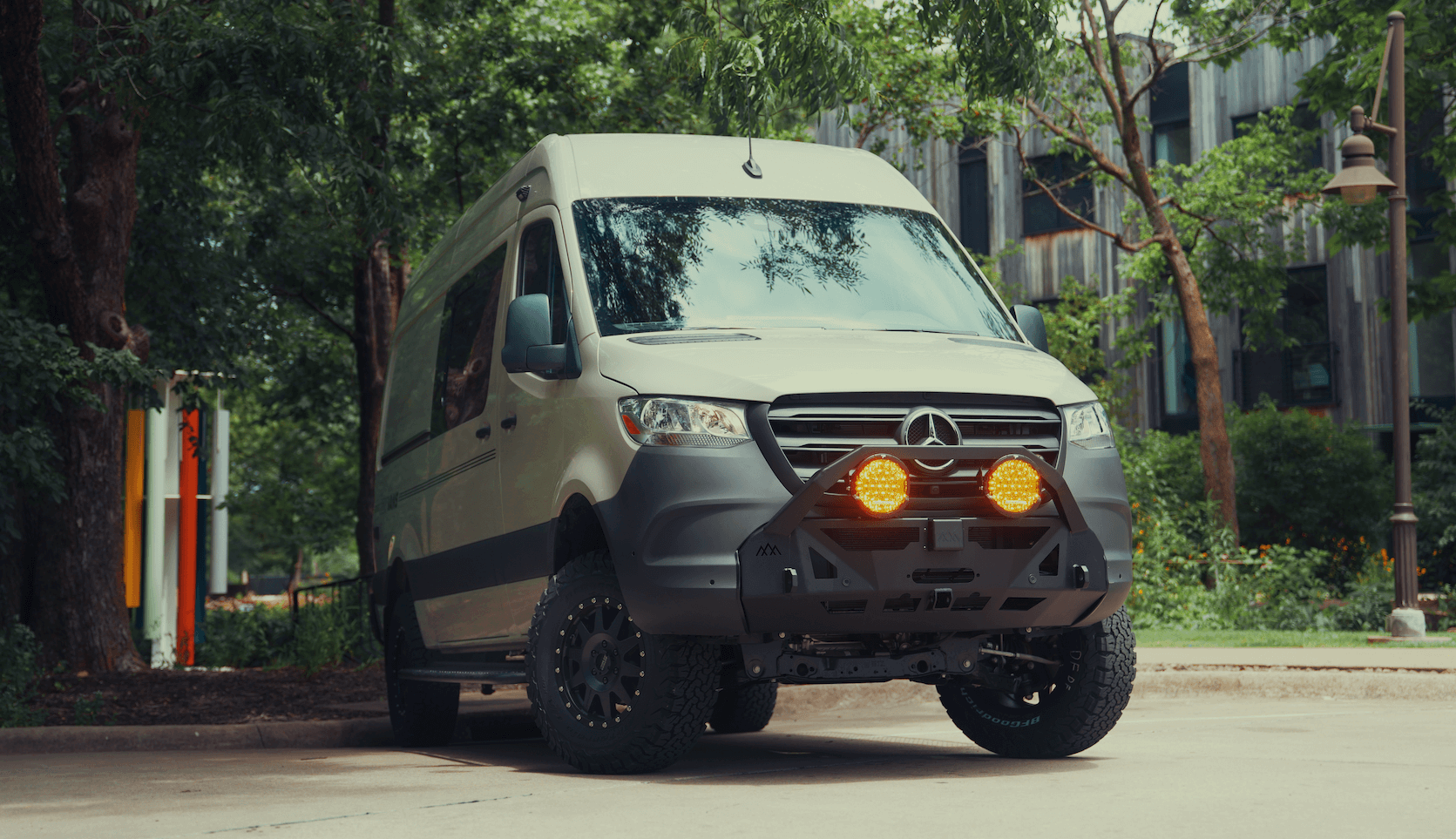Recreational Vans

Homeowners associations focus on uniform appearance, sightlines, and congestion. That is why their rules often address recreational vehicles, boats, and trailers in driveways or on neighborhood streets. Many CC and Rs define RVs broadly, and Class B motorhomes, which include many camper vans, can fall under those definitions.
Typical restrictions show up in a few places:
A community may permit short term staging while you load up, then require the van to be fully enclosed or stored off site. Enforcement usually starts with notices and fines. Some associations escalate to daily penalties if a violation continues. The HOA’s standards apply even if city code is more lenient, since community rules can be more restrictive than municipal law.
You will see phrases like no recreational vehicles in view, no overnight RV parking, or must be parked in a fully enclosed garage. The exact wording matters. Some documents only restrict trailers, boats, and campers, while others call out motorhomes or Class B vans. A few associations use dimensional thresholds such as vehicle height, length, or roofline above a fence line.
Even if a van is your daily driver, an HOA may consider it an RV due to permanent sleeping, plumbing, or cooking fixtures. Registration category rarely changes the community’s view. If the rules hinge on use and features, a passenger registration does not exempt the van from RV treatment.
Expect a warning letter, then fines if the issue continues. Time limits for loading are common, often 24 to 48 hours. Some associations require written permission for any exception. Keep communications friendly and documented, and ask for written interpretations rather than relying on a phone chat.
Start with measurements. Garage door height, opening depth, and the space between door tracks set hard limits. Roof equipment like fans, solar, air conditioning, or racks add inches that can be make or break. If a high roof will not clear the garage, look at low roof variants or shorter wheelbases that fit at an angle.
Curb appeal can matter as much as dimensions. Neutral paint, minimal graphics, and tucked in accessories draw less attention. Low profile solar panels and streamlined roof rails reduce visible bulk. Avoid bright exterior lighting when parked at home, and store ladders or carriers when not traveling if your rules allow removable gear.
Document your use within allowed windows:
Noise control helps relations. Battery based power and shore charging keep things quiet compared with idling engines or portable generators. Be mindful of curfews and neighborhood quiet hours.
Architectural guidelines may treat visible roof equipment as exterior modifications. Review whether you need approval for awnings, ladders, or lighting. Choose accessories that sit low and color match them to reduce contrast with the body.
Read the CC and Rs, the rules and regulations, and any architectural standards. City code and the HOA do different jobs; the stricter rule wins. If you plan to ask for a variance, include exact dimensions, photos, and a simple plan to reduce visibility such as revised parking orientation or landscape screening where permitted.
Plan for utilities. If you can charge from a standard outlet in the garage, you avoid idling and noise outside. Consider how you will manage water and waste; never dump on your property, and keep service work discreet.
Insurance and registration can change how your carrier classifies the vehicle, but HOAs generally focus on physical features and visibility. Treat paperwork as a separate track and confirm coverage if your build includes permanent fixtures.
A concise, polite request that includes measurements, photos, and a compliance plan has the best chance. Emphasize how you will handle loading time, storage, and screening allowed by the documents. Even with a strong case, be ready for a no and a backup plan such as off site storage.
Shorter wheelbases and lower roof heights improve the odds of fitting a garage or staying below fence lines. Think about what you truly need on the roof. A single low profile fan and slim solar may unlock compliance where tall racks would not.
Modern lithium systems with shore charging let you keep noise and lights down when parked at home. Exterior ports can be positioned discreetly so cables do not clutter the front of the house.
If your community has tight rules, a well designed camper van can still fit the neighborhood. OZK Customs in Fayetteville Arkansas builds adventure vans with low profile roofs, quiet battery systems, and clean exterior lines that keep attention down at home. During the design process we confirm as built heights, note exterior equipment, and discuss parking orientation so you can make informed requests to your HOA. Our compact layouts for popular platforms keep everyday drivability intact while preserving storage and sleeping space for weekend escapes. When you pick up your build, our handoff at Adventure Point walks you through power, lighting, and home charging so your van habits stay neighbor friendly from day one.
Ready to explore van options that respect community rules and still deliver freedom on the road? See our Recreational Adventure Vans, learn what a custom build could look like for your household, or review financeable platforms tailored for daily use.
Recreational vans Custom van build Mainstream vansTell us your parking limits, garage measurements, and travel goals. OZK Customs will propose a low profile, quiet, and capable build that fits your life and respects your HOA. Submit the form to start your design conversation today.
Want a van that plays nice with your HOA and still tackles long weekends without compromise? Schedule a quick consult with OZK Customs. We design low profile adventure vans with quiet power, clean exterior lines, and documented dimensions to help you plan for compliance. Tell us your parking constraints and we will map a build that fits your life. Start your project today.
ADDRESS:
6159 E Huntsville Rd, Fayetteville, AR 72701
PHONE:
(479) 326-9200
EMAIL:
info@ozkvans.com